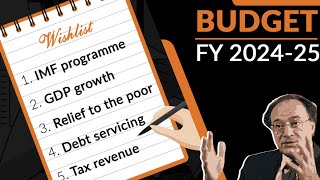Indonesian crude palm oil output eased around 3 percent in November, a survey of leading industry officials in the world's top producer showed, crimped as drought conditions stressed trees. Palm output in Southeast Asia's largest economy was 2.306 million tonnes in November, according to the median estimate in a Reuters survey of four Indonesian industry officials and plantation companies, versus 2.385 million tonnes in October.
"For the past few months the weather has been dry in certain parts of Indonesia," said CIMB Investment Bank analyst Ivy Ng. "November is seasonally the downturn and this typically will carry through until March." Dominant Southeast Asian palm producing countries have now entered their monsoon season, when thunderstorms and flooding can delay harvesting and complicate transport of fruit to mills.
A prolonged fall in the price of palm oil has hit Indonesia's legions of smallholder farmers, forcing cutbacks that will reduce output in coming years and raising the prospect of a bout of sell-outs. Any recovery in palm futures over the next year would hinge on Indonesia's biodiesel mandate, leading vegetable oil analyst Dorab Mistry said late last month. "Domestic consumption is about 18-percent higher than October, mainly caused by biodiesel supply for domestic (use) which has resulted in the end-stock getting lower," Sahat Sinaga, executive director at the Indonesian Vegetable Oil Industry Association (GIMNI), said in an email.
The median estimate for Indonesian crude palm oil (CPO) exports in November was 2.1 million tonnes, up from 1.82 million tonnes last month. Inventories were seen at 2.225 million tonnes, compared to 2.378 million tonnes in October. The 15-percent rise in November CPO exports was partly due to a spike in demand from top buyer India, which had seen a slowdown in its soybean crushing industry because of low prices, said CIMB's Ng.
Chinese buying ahead of the new year festivals was also a factor, she added. Reliable palm oil data is difficult to find in Indonesia. The Indonesian Palm Oil Association (GAPKI) publishes monthly data provided by a professional surveyor, which showed 2.47 million tonnes of exports for October. The monthly Reuters survey includes contributions from GAPKI, the Indonesian Palm Oil Board, GIMNI and PT Sinar Mas Agro Resources & Technology, one of the largest listed palm companies.
BR100
7,977
Increased By
398.8 (5.26%)
BR30
25,602
Increased By
1383.8 (5.71%)
KSE100
76,208
Increased By
3410.7 (4.69%)
KSE30
24,438
Increased By
1225 (5.28%)




















Comments
Comments are closed.